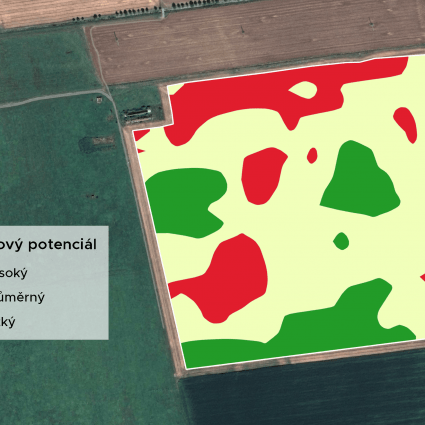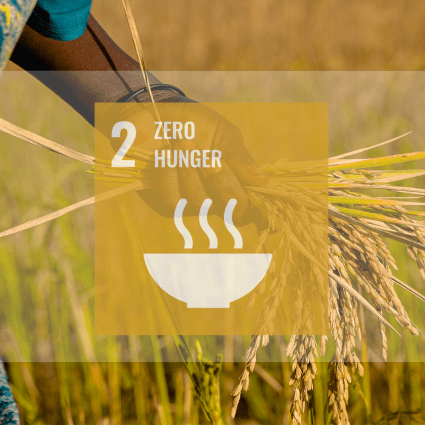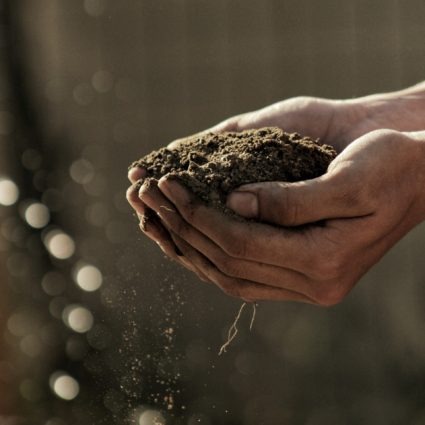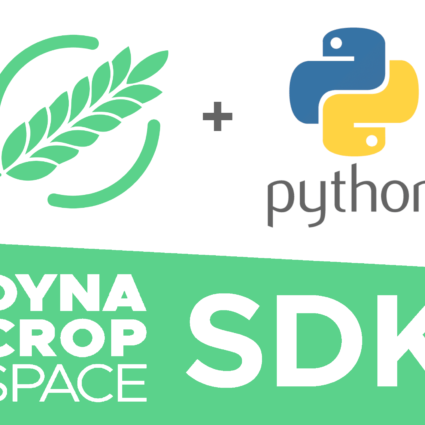How to decrease inputs and increase yields with field zonation?
Growing prices of fertilizers, supply chains broken with the war in Ukraine, and soaring energy costs put increasing pressure on agronomists this season. As the prices of inputs skyrocket, it is necessary to rethink how much inputs it is necessary to disperse into fields to sustain the current level of yields.
The term “decoupling” has been around for several decades already. The original meaning was focusing on breaking the direct link between growing economic benefits and negative environmental consequences. Since the Green revolution, the agriculture sector has been a clear showcase that growing amount of inputs can grow the yields, nevertheless, inevitably creating large environmental consequences at the same time.
Today, the goal is clear. It doesn’t matter if the reason is the economic profit, sustainability, or the fact that most of the EU fertilizers are produced using Russian natural gas. The whole agriculture needs lower amount of inputs, while sustaining or growing the yields. And we already know how to do it.
Increasing yields and decreasing the number of inputs at the same time is possible.
About 40% of fertilizer is being wasted due to the non-optimal use by conventional strategies. Variable application based on satellite data is a proven concept that can solve this problem.
All farmers know that no two places on the farmland have the same conditions. Across a single patch of land, there are significant differences in soil quality and fertility. How to work with that in farming practices?
Farmers need to face a lot of questions regarding their fields every day:
- Does the growth stage look the same everywhere?
- What strategy to choose for fertilization?
- Where is it necessary to support growth, and where to inhibit it?
- Where is it too late for a PGR application?
- How can I create a prescription for the variable rate application of nitrogen?
- Can I identify places for compensation fertilization?
We are helping farmers in their everyday lives using satellite data and our DynaCrop system. Today we will answer these questions by using field zonation.
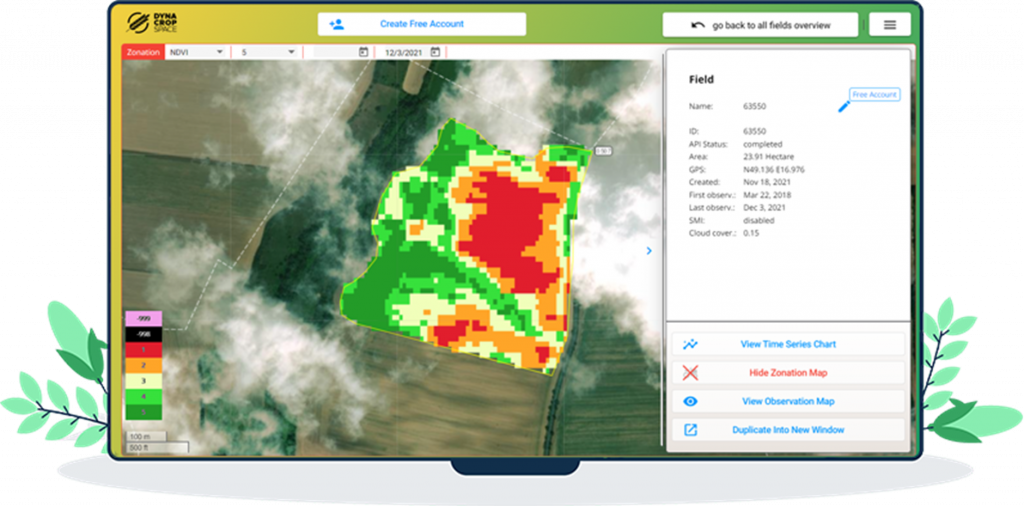
How does it work?
Field zonation is based on relative comparison of areas within the same field during a specified time range. Actual state zoning enables precise identification and treatment of affected zones (pesticides, herbicides, additional seeding, etc.). We can produce the information for a wide range of parameters, i.e. Normalized Difference Vegetation Index, Soil Organic Carbon. This can then be overlaid on the field’s boundaries showing exactly where the problem lies.
For example, in the picture below, the normalized difference vegetation index (NDVI) is used for a particular piece of land. As seen in the image, the NDVI value is represented using five different colors ranging from green to orange to red. This means that the NDVI value varies across the field and is representative of the different zones that exist on the patch of land.
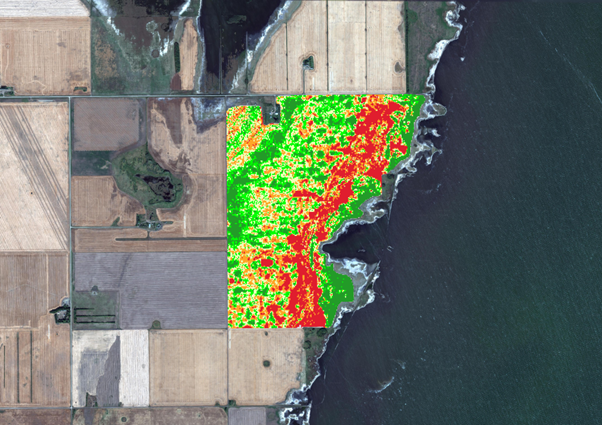
This type of imagery helps identify zones where the crop quality is dense vs areas where it is struggling to grow. The reasons behind this can differ based on soil quality, pH balanced, and even the amount of fertilizer that needs to be applied. Zoning helps in identifying exactly which inputs are required. The agronomist might have to pay more attention to the red and orange areas than the green and bright green regions on the map. This will also help him/her in determining the overall yield quality of the farm.
Zoning can be combined with other indices to determine immediate or long-term conditions in a field. For example, tracing the change in soil fertility quality over several years presents a clearer picture of the change in fertile soil. Adding zones to it gives a better understanding of which specific areas need our most attention. Along with being environmentally conscious, it helps farmers understand the exact requirements e.g. fertilizer use over a specific cropping cycle. The precise identification of problems is not only possible on a spatial scale but also over time. DynaCrop is offering 3 types of zonation each of them for specific use cases. Let’s take a look at them.
Types of zonation
Quantile zonation
Quantile zonation divides the field into the predefined number of parts. This zonation could be useful at the beginning of the season when crops barely begin to sprout and the differences between values are really small but farmers want to see differences across the field.
Zonation by median
This enables farmers to distinguish the magnitude of differences (the heterogeneity of the field), for example when they want to compare more fields between each other. It can happen that the field may not be split into zones at all (because the difference between values of the index is too small) or the most extreme zones (min-max) may be missing.
Mixed zonation
The mixed zonation option allows you to combine zonation results for multiple areas/zones in a field or multiple layer combinations (SMI, NDVI, EVI) with a different interval. It literally “mixes” any index with any specified time interval and weight with other indexes.
For example: Long term zonation (2017-2021) of NDVI (60%) + Actual state (22.3.2021) of NDVI (20%) + Actual state (22.3.2021) of MSAVI2 (20%)There are a lot more features available that can be accessed here.
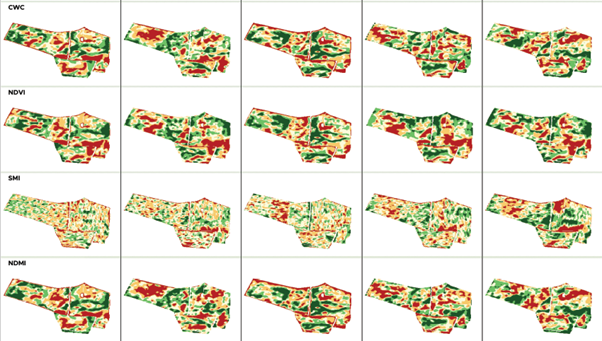
Observed results
Farmers using maps for variable fertilizing generated from satellite data can cut fertilizer use up to 15-40% while increasing their yields by 5-10%. If we are talking about profit, this means an additional benefit of €20 to €100 from each hectare of field, which is something any farmer would be interested in.
Too much fertilizer can also affect other nutrients in the soil, while too little could lead to barren patches. The bottom line is that precision is essential for the judicious use of resources, and field zonation is one method to achieve this. From this point of view, regulating the amount of fertilizer that should be applied to a field is crucial.
Sustaining food production for a growing population and turning the whole sector carbon-neutral at the same time is one of the greatest challenges of our times. Follow us to get more news from the path to sustainable agriculture.
See what a map for variable fertilization might look like for your field at DynaCrop demo.

